When it comes to the reconstruction of electricians in the house, the electricity meter often becomes a stumbling block. Legal and technical issues arise, the answers to which you will find in this article.
Preparatory actions. How to choose the right counter
Most importantly: in order to avoid a fine, the replacement of the meter is made only on the prescription of the organization of power supply. As for whose account, this procedure should occur, the Civil Code of the Russian Federation resolved that the cost of installing, replacing and maintaining the electric meter is carrying if its housing is privatized. If the real estate belongs to the municipality, then the activities of these events are imposed on it.
The tool you need:
- voltage pointer up to 1000 V or multimeter;
- cross and flat screwdriver;
- passatia;
- nippers;
- PVC tape;
- marker and other accessories.
For the replacement of the meter, the third electrical safety group is needed, which electricians are obtained after passing the training and appropriate certification. The following tips only help get the concept of how to change the electricity meter and trace the correctness of the electrician.
Classification of devices
- On the principle of operation, electrical instruments are: induction, for example: NE-1-44, Sazu-I670m, CO-I446, IT sauz. Electronic, for example, CE6803V, SE-55, Su 102. The first is the devices built on the principle of electromechanics, where the level of energy consumption depends on the number of rotations of the metal disk. Before electronic, these counters have two advantages: their price and the duration of the interval between verification. Electronic meters are devices within which chips and semiconductors are built into. They do not rotate anything mechanically, but there is direct interaction with the voltage sensors, which ensures greater accuracy of the device.
- According to the number of phases, single-phase and three-phase counters differ, and they are used for the networks of the same name. Now they began to produce three-phase devices that can be connected to a single-phase network and vice versa: to conduct separate accounting for any phase, each of them is put on a single-phase meter.
- Measuring devices are also different by accuracy class (2.5%, 2.0%, 1.0%, 0.5%, 0.5% s, 0.2%), in accordance with which the measurement error level is determined. The accuracy class of the counter in the residential room should be 2.0.
- Devices can be connected via current transformers or have direct inclusion. The latter is used for currents with a load of up to 100 A, and if the load is larger, then the device is connected through a transformer with a secondary current 5 A.
- The voltage class at the meters is 220/380 V or 100 V. If the object is powered by a high-voltage transmission, then in this case an instrument with a secondary voltage of 100 V, in combination with the current transformer, is used.
- By the number of tariffs, counters are issued single, two- and multitarithic. If a two-tariff meter is installed, the owners appear the opportunity to pay separately through the day (from 7 am to 11 pm) and the night rate (from 11 pm to 7 am). At the same time, the night is obtained almost 2 times cheaper. Many owners of such counters find more profitable to use, for example, washing machine, at night.
The procedure for replacing electricity meter
The counter should be installed in a dry room with a temperature of 0 ° C - 40 ° C in an accessible place. If the desired temperature is difficult to observe, it should be organized, for example, a wardrobe with insulation and heating.
The most convenient installation locations are the walls, accounts and shields, the internal space of the cabinets, relay compartments of complex distribution devices. The dimensions of niches and cabinets should be such that there is easy access to all conclusions, as well as provide a convenient replacement of the counter in the future.
It is allowed to secure the device on metal, wooden or plastic shields. The permissible height of the installation is at the human eye level, that is, 900-1700 mm from the floor, for the convenience of removing the readings.
Tip: The angle of inclination of the installed device must be no more than 1 °, otherwise there will be an error in accounting.
First of all - the old counter is removed. Since in most cases wiring in our homes - single-phase, then a single-phase meter disassembly is driven as an example:
- The introductory circuit breaker is turned off. Unfortunately, there is no such thing on all the meters of an old sample, often the power cable comes directly on the terminals, but according to the PUE, an introductory machine must be installed for safe replacement of the electric meter.
- With the help of buds, the seal is removed, the mounting screws are unscrewed and the lid is removed.
- The voltage is measured on the counter terminals by the voltage pointer. Important: The measuring device must be tested and have a printing of an electrolaboratory, as well as the date of the current test.
- If there is no marking color, it can be done using a marker.
- Disconnect the wires from the electric meter.
- Unscrew the mount and the device is dismantled.
- The new counter is set in reverse order. After marks on the wall for new mounts, holes are made.
- Connection begins with the exit of the counter whose connectors' designation is indicated in the instructions.
- For example, there are 4 outputs - phase input, phase output, input and zero output. In this case, it is better to start from connecting the phase output from the counter to the first connector of the machine, and the output of the zero stretches to the second connector.
- Upon completion of the installation, turn on all electrical appliances and check the meter operation: the direction of the disk movement, if it is induction, and the light indication, if it is electrical. If the disk rotates in the opposite direction or the indicator is on the "reverse", it means that the wires were connected in incorrect order.
Attention! Do not throw away the box and passport from the new meter! The passport shows the initial data of the device, since its factory indicator is not equal to zero.
Separately, it should be said about the switching machine. Before electric meters with a voltage of up to 0.4 kV at a distance of no more than 10 m, a fuse should be installed. Since often representatives of the electricity supplier, it is alarming the presence of an automatic switch, it is recommended to be placed in a plastic box with an "ear" for sealing.
Documentation required after replacing electricity meter
Upon completion of work, you should call the Inspectorate of the Inspector of the Power Supply Company, to issue an act of replacing the electricity meter and make its seal. The act is made up in two copies.
- Count 1 (joining). It indicates the name of the feeder, where the replacement was made.
- Count 2 (indication of the type, factory number, year of production, accuracy class). Data is entered both the removed and installed counters.
- Count 3 (stigma of the urban). The quarter and year of the last calibration for old and new devices is recorded.
- Count 4 (readings). The data of the energy of active (kW / h) and reactive (kv / h) of both meters are written off and transferred to the corresponding cells of the act's table.
- Count 5 (calculated coefficient). Depending on the scheme, according to which the meter was installed, as well as the current transformer coefficient. "Woven" number of kilowatt per day multiplied by the coefficient and the real amount of electricity consumption is obtained.
- Count 6 (unrecorded electricity). Meaning the costs of it in the period at the time of replacement.
- Count 7 (reasons). The motive of reinstallation is justified. Here are the most frequent of them: the need for verification, due to an expired period; non-compliance of the class of accuracy of the device with modern requirements; In connection with the commercial accountability, the need for hourly fixation of the data.
- Graph 8 (removal of vector diagram). It is made by an inspector using a voltamperfazometer and is entered into the act.
At the end, the seal number and the data of the organization that has delivered sealing is indicated.
Often, a simplified version of the act is used for documentation in a residential building, where the same data fit into strings and hand.
If you have the necessary qualifications to set the meter yourself, then instead of a replacement organization, you enter your name and attach a copy of the document confirming your security group. It is important that the deadlines for the certification will be overdue.


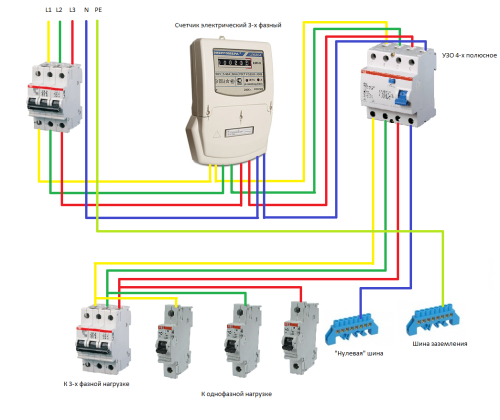
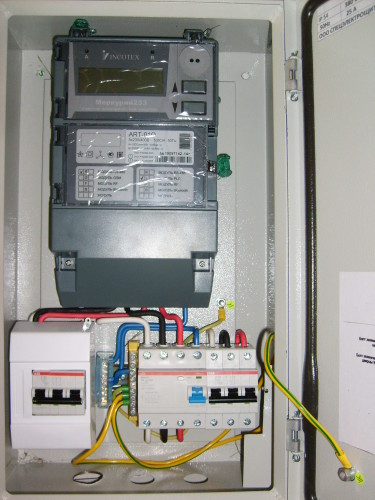
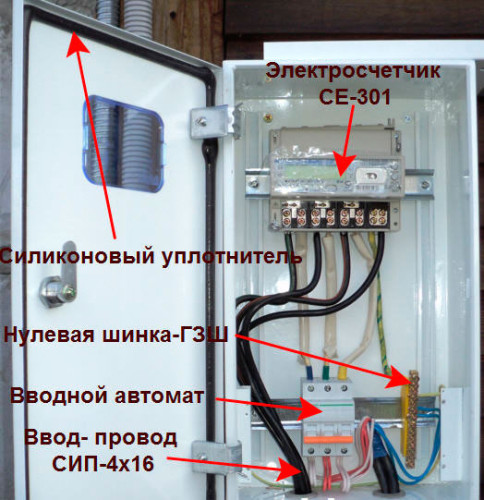
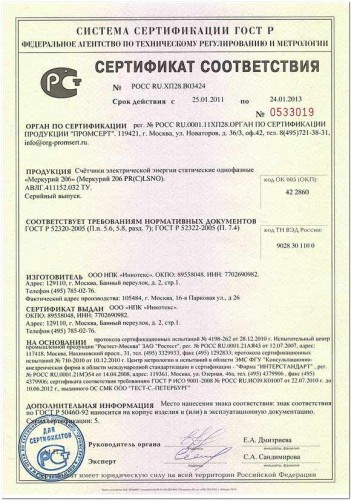
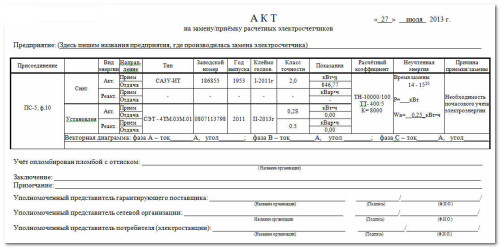












 Start a discussion ...
Start a discussion ...